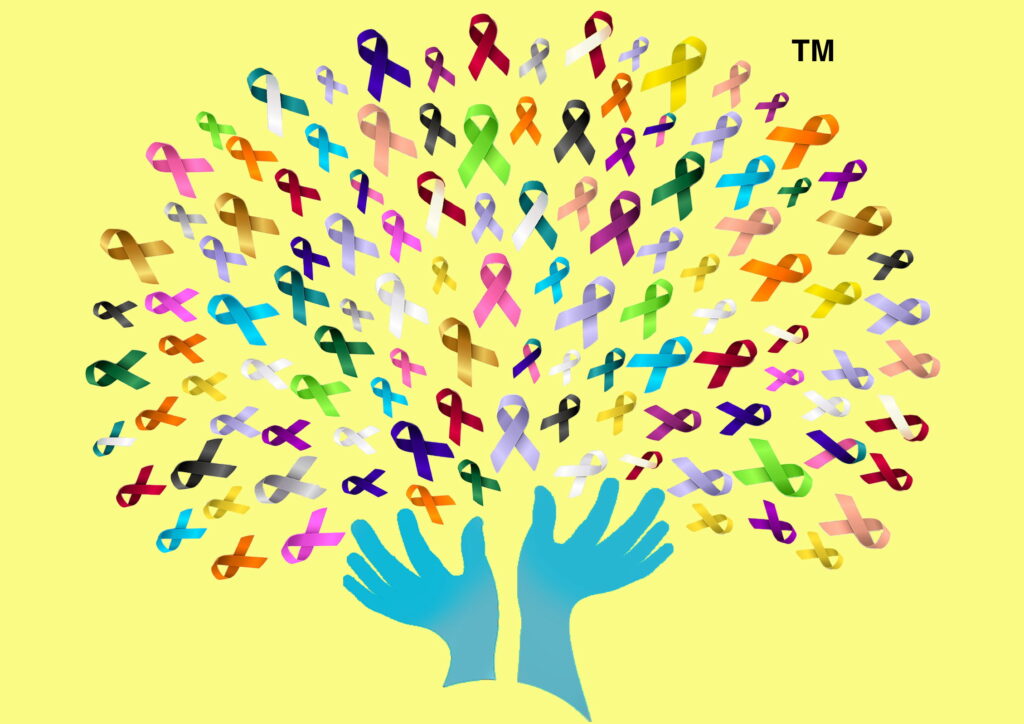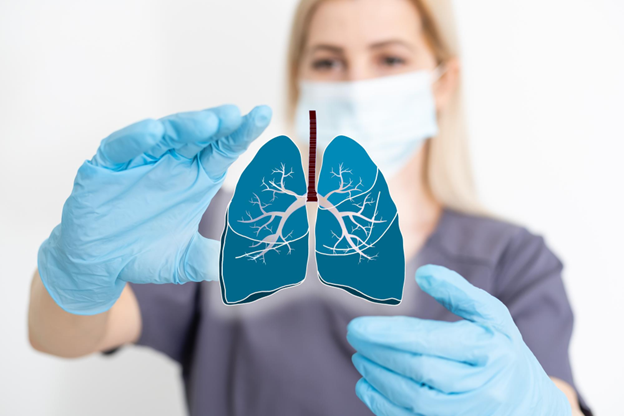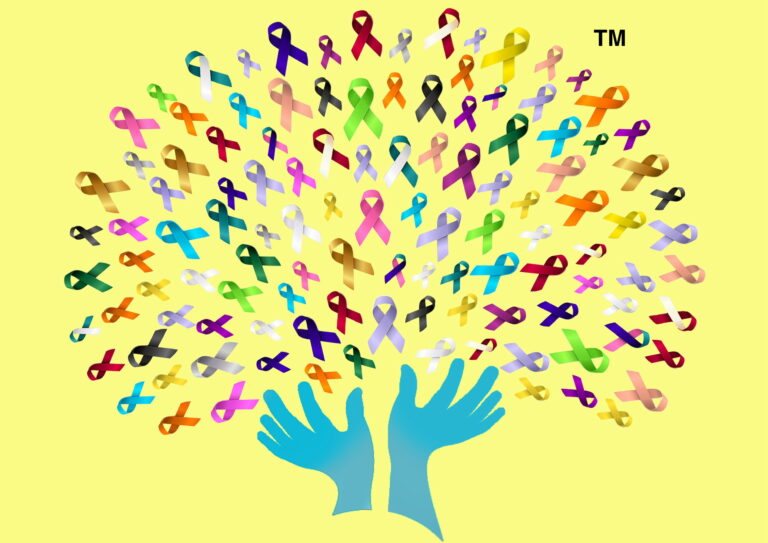Lung cancer remains one of the most prevalent and deadly cancers worldwide. It is a disease in which abnormal cells in the lung grow uncontrollably, forming tumors that can interfere with breathing. Early detection and intervention are critical for improving survival rates, but lung cancer is often diagnosed in its advanced stages. In this blog, we will discuss the causes, symptoms, and treatment options for lung cancer.
Causes of Lung Cancer
The primary cause of lung cancer is smoking, which is responsible for 85% of cases. Cigarette smoke contains harmful chemicals that damage the cells lining the lungs, leading to cancer over time. However, non-smokers can also develop lung cancer. Environmental factors such as exposure to radon, secondhand smoke, and certain workplace chemicals, as well as genetic predispositions, may increase the risk of developing lung cancer. Other risk factors include a history of lung infections, family history of lung cancer, and a weakened immune system.
Symptoms of Lung Cancer
Lung cancer symptoms often go unnoticed until the disease reaches an advanced stage. Some common signs include:
- Persistent cough: A cough that doesn’t go away or worsens over time.
- Shortness of breath: Difficulty breathing or feeling winded after minimal exertion.
- Chest pain: Pain in the chest, especially when coughing or laughing.
- Wheezing: A whistling sound when breathing.
- Blood in sputum: Coughing up blood or rust-colored sputum.
- Unexplained weight loss: Losing weight without trying.
- Fatigue: Extreme tiredness or a general lack of energy.
If any of these symptoms persist, it is essential to seek medical advice to determine the underlying cause.
Diagnosis of Lung Cancer
Diagnosing lung cancer typically begins with a physical exam and a discussion of the patient’s medical history and symptoms. Doctors may use imaging tests, such as chest X-rays, CT scans, or PET scans, to identify abnormal growths in the lungs. A biopsy, where a sample of tissue is taken from the suspected tumor, is required to confirm whether it is cancerous. Genetic tests may also be conducted to determine the specific type of lung cancer, which can inform treatment options.
Types of Lung Cancer
There are two main types of lung cancer:
- Non-small cell lung cancer (NSCLC): This is the most common type, accounting for 85% of lung cancer cases. It is typically slower growing and can be treated with surgery, chemotherapy, and radiation therapy.
- Small cell lung cancer (SCLC): This type is more aggressive and spreads quickly. It is usually treated with chemotherapy and radiation, as it often cannot be removed surgically due to its widespread nature at diagnosis.
Treatment Options for Lung Cancer
Treatment for lung cancer depends on the type, stage, and overall health of the patient. The main treatment options include:
- Surgery: Surgical removal of the tumor may be an option for early-stage NSCLC if the cancer is confined to one part of the lung.
- Chemotherapy: This treatment involves using drugs to kill cancer cells or stop them from dividing. Chemotherapy can be used before surgery to shrink tumors, after surgery to eliminate remaining cancer cells, or as a primary treatment for advanced cancer.
- Radiation Therapy: High-energy radiation is used to kill or damage cancer cells. It is commonly used when surgery isn’t an option or to treat small cell lung cancer.
- Immunotherapy: A newer approach that stimulates the body’s immune system to attack cancer cells. It is used for certain types of NSCLC and SCLC.
- Targeted Therapy: This treatment targets specific molecules that promote cancer growth, offering a more personalized approach to treatment.
Prevention of Lung Cancer
The best way to prevent lung cancer is to avoid smoking and exposure to secondhand smoke. For those who smoke, quitting as early as possible can significantly reduce the risk of developing the disease. Additionally, reducing exposure to radon gas, air pollution, and harmful workplace chemicals can also lower the risk of lung cancer.
In conclusion, lung cancer remains a significant health threat worldwide, but advances in early detection and treatment are improving the outlook for many patients. Awareness of the risk factors and symptoms can help with early diagnosis and prompt treatment, increasing the chances of survival.
Consult us today for expert guidance!



